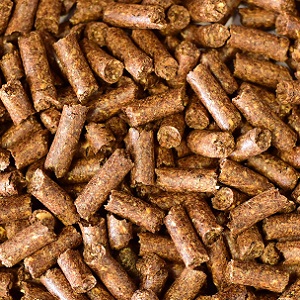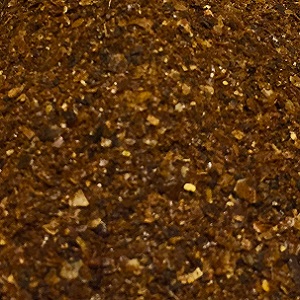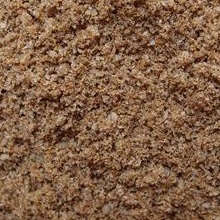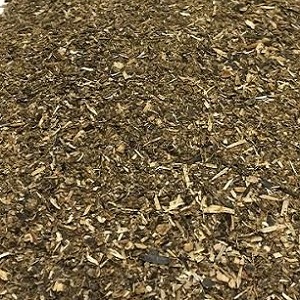Description
Wheat distillers grain is the main by-product from the distillation of alcohol from wheat grain. Distilleries produce alcoholic beverages, industrial ethanol and ethanol biofuel with the following by-products (definitions are given in Processes):
Spent grains, wet grains, wet distillers grain (WDG), wet distillers grain with solubles (WDGS)
Dried distillers grain (DDG), dried distillers grain with solubles (DDGS)
Condensed distillers solubles (CDS), dried distillers solubles (DDS)
There are two main distillery processes, dry-milling and wet-milling. Dry-milling (or dry-grind) is the main process for producing ethanol. This process starts with grinding before steeping the grain in water, and results in ethanol and various by-products. In the wet-milling process, the grains are steeped and the kernels are separated into various fractions, which allows for the production of multiple food and industrial products, including starch, proteins, fructose, oil and ethanol. This process, which runs non-stop for months, yields higher amounts or ethanol than dry-milling and saves costs, labor and yeast (Graybosch et al., 2009). It results in numerous by-products including wheat gluten meal (sometimes called vital gluten), wheat gluten feed and wheat germ meal. These by-products account for 25-30% of the ethanol value chain turnover (Graybosch et al., 2009; Cozannet et al., 2009b). While official and trade definitions exist for the different wheat distillery by-products, the boundaries between these products may be somewhat fuzzy. In particular, the amount of solubles blended back to the distillers grain can be highly variable (Newkirk, 2011) and the presence of solubles unspecified in nutritional studies. However, it can be assumed that the majority of sold wheat distillers grain are actually wheat distillers grain and solubles.
This datasheet deals primarily with the DDGS of wheat-based, dry-milling ethanol production (Graybosch et al., 2009). The availability of DDGS has grown considerably since the 1990s, due to the increasing demand for biofuel caused by environmental concerns and subsequent regulations. In Europe, EU Directive 2009/28/EC set a target of a minimum 10% share of energy used for transport from renewable sources for each Member State in 2020 (European Union, 2009). In the USA, E15, a transportation fuel containing 15% volume of ethanol and 85% gasoline has been authorized and available since 2001 (RFA, 2013). While the USA mainly fulfil their needs with maize-based ethanol, wheat is the primary feedstock for biofuel in Europe, Canada and Australia (Moreau et al., 2011; Newkirk, 2011). Wheat distillery by-products, such as wheat distillers, are thus mainly produced in those regions (Piron et al., 2009). While the dry milling process yields DDGS as the main by-product, the wet milling process provides high value products such as gluten (used in the baking industry and as an emulsifier or thickener), bran (used in cereal foods), germs (used in bakery products and for some high value cosmetic uses) and flour (Tibelius et al., 1996).
Distillery by-products have a long and rich history in animal feeding. They used to be considered offals and were dumped in sewers and rivers. Spent grains were sold at a low price to local farmers as animal feed (Lyons, 2003). The first study on feeding distillers grain to cattle was published in 1907 (Weiss et al., 2007). Wheat distillers grain is a valuable feed ingredient, usually richer in protein than maize distillers grain, lower in fat and higher in fibre, and can be fed to most classes of livestock (Hayes, 2008). Like maize DDGS, wheat DDGS was first used in ruminant feeding, but, due to its higher availability and a better knowledge of its nutritional value, it is increasingly used for non-ruminants, especially pigs (Newkirk, 2011; Stein et al., 2009; Cozannet et al., 2009a). Wheat distillers grain may be used as fertilizer as it is an effective and slow-release source of N, P and other nutrients (Schoenau, 2011).







